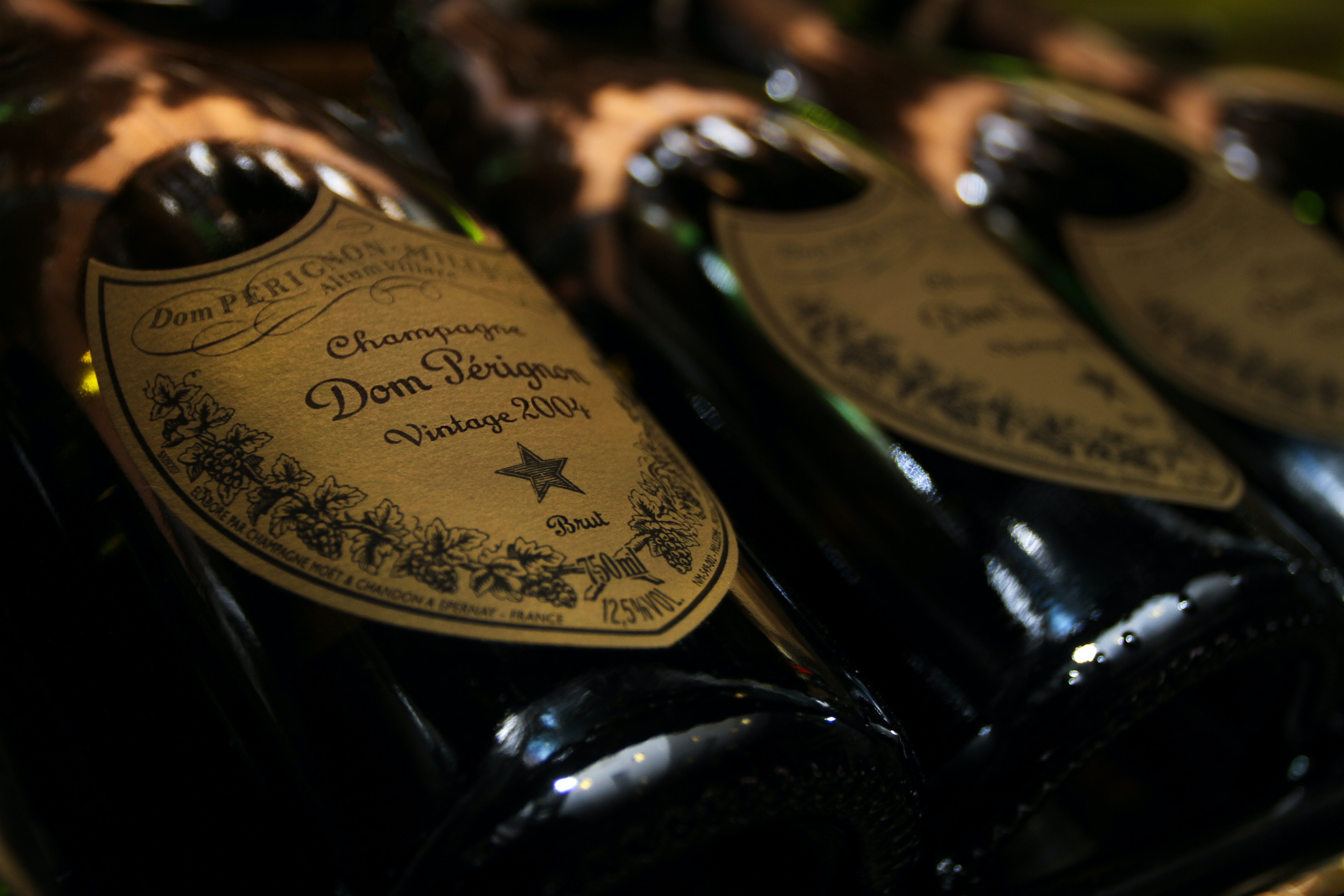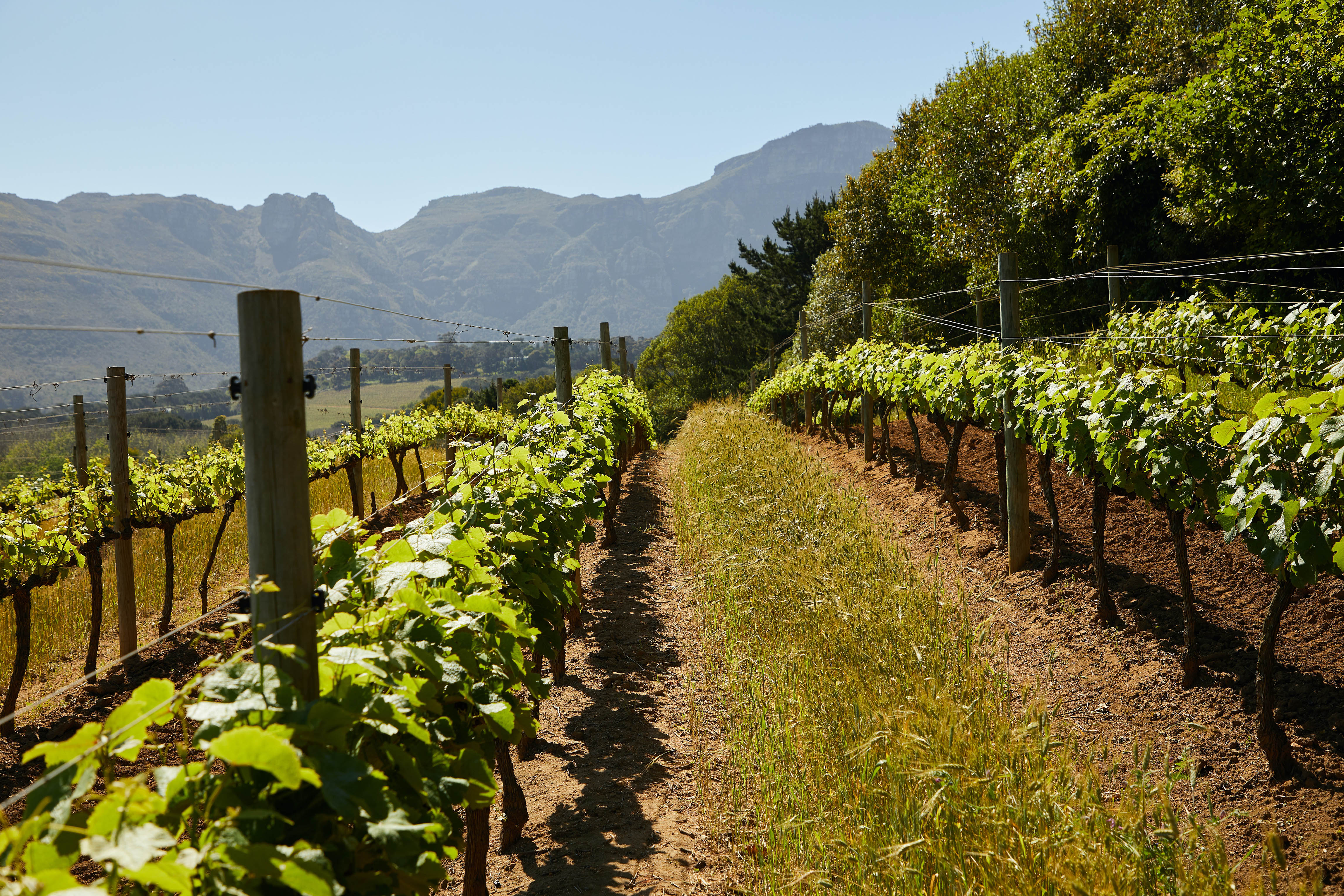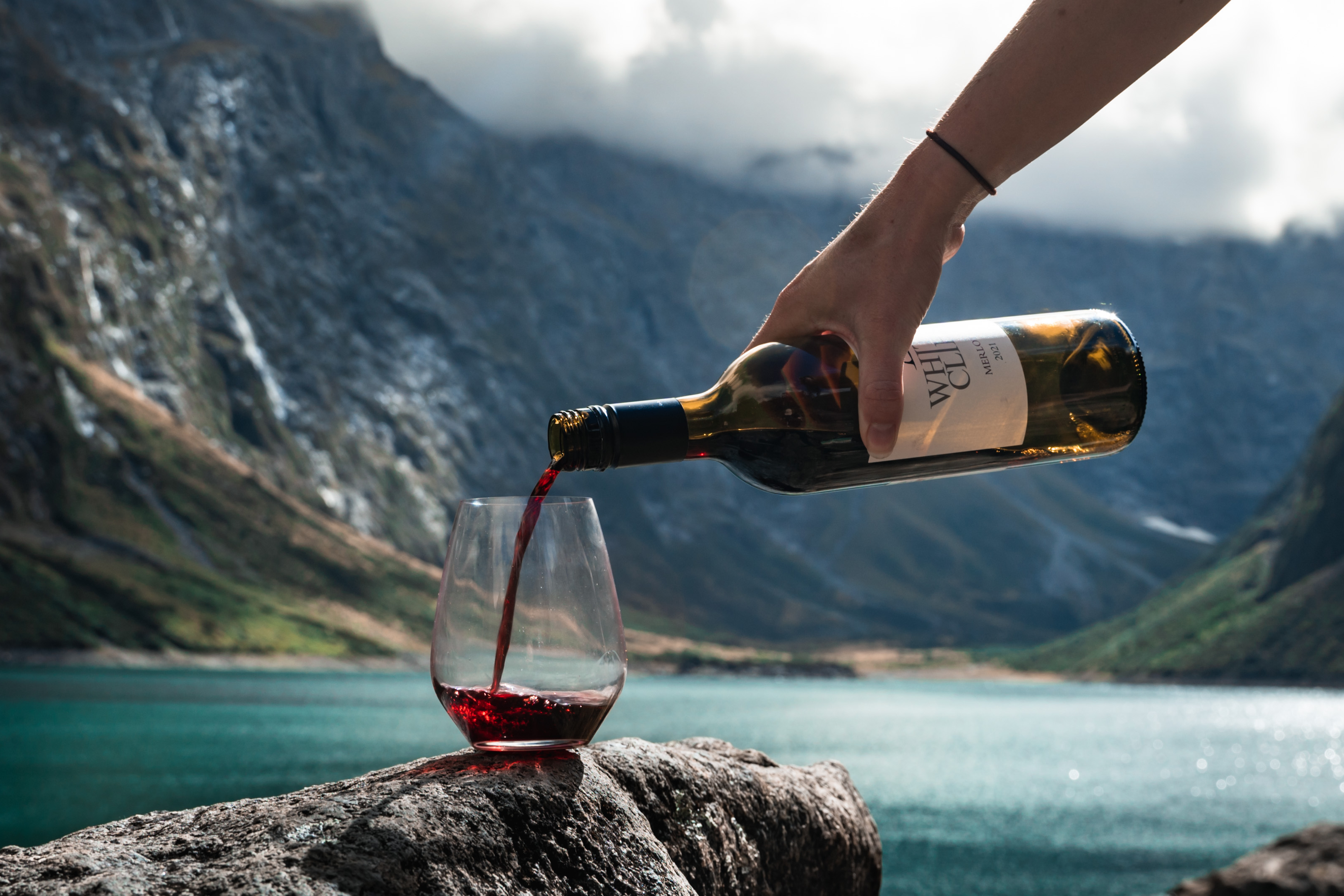
A wine that sparkles, that is Champagne
Champagne is the most commercial wine in the world, which is quite an achievement for such a cool region. Because the demand for Champagne is so high, it also has a relatively high price tag. Despite the price, delicious sparkling wines are made that cannot produce such flavours anywhere else.
The grapes used are mainly:
Chardonnay
Pinot noir
Pinot Meunier
Two of the three most important grapes are red grapes. The colorant of the grapes is in the skin, so only the juice is used.
How is Champagne made?
A by-product of the fermentation process is carbon dioxide. Champagne is actually a wine with carbon dioxide that has been created during a second fermentation in the bottle. After the fermentation process, the wine is bottled and extra yeasts and sugars are added to the bottle. This is also called liqueur de tirage . During this fermentation in the bottle, the carbon dioxide cannot escape, which creates the sparkling in the bottle. The colder the wine cellar, the smaller the bubbles of the Champagne. Not too cold, because then it stops fermenting.
In the cellars of Champagne, the wine bottles are upside down. The reason for this is that the dead yeast cells can go to the opening of the bottle, to be removed eventually. This makes the Champagne pure. For this, the bottle is turned several times. This is called Remuage . In the past, this was done by hand, but nowadays mainly with the help of machines.
History
In the past, carbon dioxide in wine was a threat, because the bottles were all made of too thin glass. If a second fermentation took place in the bottle, the wine bottle would explode in the cellar. Champagne was only really appreciated by the British. The English imported wine (without bubbles) from Champagne in a cool year. Due to the coolness, the wine could not ferment completely, so that the fermentation process continued in the bottle in England. During this second fermentation, the carbon dioxide could not escape, so that the British got wine with carbon dioxide that they greatly appreciated.
Dom Perignon
Dom Perignon was a monk who greatly improved the quality of Champagne by bringing different grapes from outside. For example, he introduced the blue grape to use in a white wine. He tried to prevent the wines from getting carbonic acid in the bottle, so that the wine bottle would not explode in the cellar. A famous Champagne is also sold under his name. Many people think that he invented Champagne and this is indicated by the myth: "Look, I'm tasting the stars!" Dom Perignon did not invent Champagne, but tried to prevent the carbonic acid that characterizes Champagne.

Oxygen and Champagne
Champagne is often poured directly into glasses to drink immediately. This is a shame, because Champagne releases many flavors when it comes into contact with oxygen. Champagne comes into its own when it is decanted for 15 to 30 minutes. This will allow the Champagne to develop quickly without the carbon dioxide disappearing. It is of course nice that such a beautiful bottle of Champagne is optimally enjoyed.


